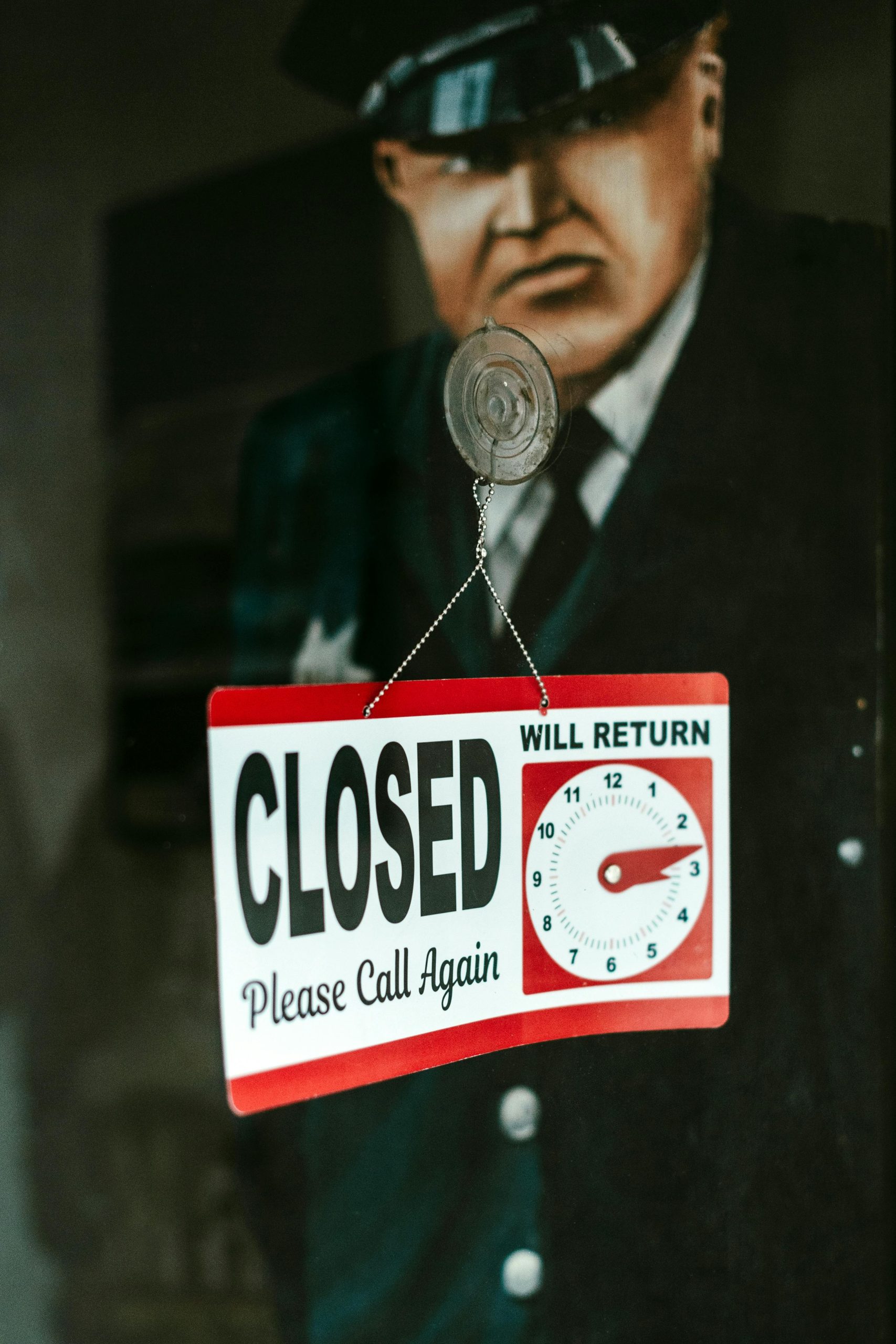Proposed New Town Center Road Route North of the Railway
A new public transport route connecting the A3290 and Vastern Road has been suggested (see drawings on page 26) but has been rejected multiple times. Nonetheless, there is still a strong case for creating a bypass that would alleviate congestion on London Road and avoid disrupting the town center.
I believe the most effective solution for the sensitive area between Horseshoe Bridge and the Park & Ride is a single-lane Guided Busway. This design allows for a narrow roadway that can bridge the Kennet while providing amenity space with just one minimal H-section of steel, measuring 3.35 meters wide and 1.95 meters high, supported by four slender steel columns.
This approach eliminates the need for concrete road surfaces, railings, or streetlights since buses would operate quietly and discreetly within the U-shaped steel structure. This is a stark contrast to the previously proposed motorway flyover styles, which ranged from 9.1 to 12.1 meters in width.
Do you think this solution would be sufficient to satisfy those who wish to enjoy the riverside walk, or are we destined to face ongoing traffic and delays?

Your proposal for a single lane Guided Busway sounds innovative and certainly presents a less obtrusive solution compared to traditional flyover designs. The idea of creating a more compact structure minimizes the visual and physical impact on the environment, which could help preserve the charm of the riverside area.
However, whether it would pacify those concerned about the riverside walk ultimately depends on how well the design integrates with the existing landscape and meets the needs of various stakeholders. Community input is crucial here; ensuring there’s a balance between efficient transportation and the preservation of public spaces is key.
Additionally, the concerns around traffic and delays often relate to the overall routing and connectivity of the transport system, so it’s essential to consider how this busway would fit into the broader transport network. Engaging with residents, local businesses, and transport planners could yield valuable insights and help refine the concept to ensure it serves the community effectively while alleviating traffic issues.
In conclusion, while your proposal is certainly a step in the right direction, careful consideration of aesthetics, functionality, and community needs will be critical for its success.
This proposal for a single-lane Guided Busway presents a compelling approach to balancing transport needs with the preservation of environmental and aesthetic values in our town center. The minimal footprint and reduced visual impact of the U-shaped steel structure could indeed create a harmonious integration with the riverside, enhancing rather than detracting from the area’s natural beauty.
However, it’s crucial to consider how this busway would interact with existing traffic patterns and pedestrian pathways. Engaging local communities in the decision-making process could help ensure that the solution not only addresses congestion but also meets the needs and concerns of all stakeholders. Additionally, exploring options for electrification of the buses could further minimize noise and emissions, enhancing the riverside experience.
Moreover, implementing supportive infrastructure, such as bike lanes and pedestrian zones along the route, could encourage more sustainable modes of transport and further reduce reliance on cars. If done correctly, this initiative could transform the way residents and visitors navigate our town, making it not just a bypass but a vibrant corridor that benefits everyone. What are your thoughts on how we could optimize connectivity while promoting eco-friendly practices in this project?
This is a fascinating proposal and raises several important considerations regarding urban transport and community aesthetics. The concept of a single-lane Guided Busway is particularly intriguing, as it seems to balance the need for efficient public transport with the desire to maintain the charm of the riverside area.
One aspect worth exploring further is the potential impact of such a structure on local wildlife and vegetation along the Kennet. Guided Busways can indeed reduce noise pollution, but it’s crucial to ensure that the design also factors in ecological preservation. Moreover, the idea of incorporating amenity spaces is commendable; could these areas integrate green features, like planting trees or creating small gardens, to enhance the environment for both residents and wildlife?
Additionally, community engagement in the planning process could be vital. Perhaps organizing workshops or forums can help gauge public opinions, potentially leading to modifications that address concerns while bolstering support for the project.
Ultimately, a solution that fosters community connectivity while prioritizing sustainability could set a precedent for future developments. It would be interesting to see how this proposal evolves and incorporates feedback from various stakeholders.
This innovative approach of implementing a single-lane Guided Busway appears to strike a thoughtful balance between improving traffic flow and preserving the area’s aesthetic and environmental integrity. By utilizing minimal steel infrastructure, it minimizes visual disruption and could significantly reduce noise compared to traditional flyover solutions. Additionally, integrating such a eco-friendly transit option encourages sustainable urban mobility and helps maintain the riverside walk’s appeal for pedestrians and leisure activities.
However, its success hinges on comprehensive planning and community engagement to ensure it effectively alleviates congestion without compromising local accessibility. Consideration should also be given to future transit expansions and how this design can seamlessly integrate with other transport modes. Overall, this proposal deserves serious consideration as a practical, sensitive, and forward-looking solution to ongoing traffic challenges while enhancing the town’s scenic and recreational qualities.